#A New Dynasty
Text
💙 A New Dynasty by One_eyed_God

💙 A New Dynasty
by One_eyed_God (@oneeyedoctogod)
M, WIP, Series, 72k, Background Wangxian
Summary: Wei Wuxian is well-known as a trouble-maker, someone who likes jokes and chaos. He promptly proves this by disappearing without a trace from the Cloud Recesses, in the middle of the Lectures. But when war is on the horizon and tensions boil over, can his actions really be summarized as a simple prank?
Or, the unbelievable story of Wei Wuxian, time traveller, told from everyone's point of view but his.
Kay's comments: I absolutely devoured this story, it was literally everything I loved! Wei Wuxian and the Wens being family (even in a literal sense!), Wei Wuxian being allowed to be a little bitter and leaving the Jiang Sect, various people reaping what they have sown and alternating POVs that just keep getting better and better. A story in which Wei Wuxian time-travels back to Cloud Recesses Study Arc after his death and decides to thoroughly clean up the Wen Sect before the war can even start. The Wangxian part is more in the background, but I really enjoyed it too. Also really loved Jiang Yanli/Lan Xichen!
Excerpt: She looks back to his face, and wonders. Even if this boy isn’t telling the truth, even if his tale of this dark future is an illusion… The quick wits Wei Wuxian is demonstrating here, it could be enough to turn the tide. It’s enough to make her want to take back her forfeit, to do more than just accept the defeat.
Maybe the blade isn’t quite touching her neck yet.
“— and then if I tweak this radical here, I think I could make it so that our minds could fuse into one overpowered genius so that we could defeat Wen Ruohan by intimidating him with our big brain and you’re definitely not listening to me anymore, are you?”
Wen Qing snaps her eyes back up to Wei Wuxian’s smiling face, feeling for some reason like a junior caught daydreaming during a lecture, then glances at Wen Ning who looks like he’s hiding a smile.
“… Is it safe?” She asks, rather than acknowledge her distraction, or the reason for it.
series, pov alternating, pov wei wuxian, canon divergence, time travel, time travel fix-it, time travelling wei wuxian, pov outsider, wei wuxian is a wen, genius wei wuxian, jiang family dynamics, not jiang cheng friendly, sect leader wei wuxian, getting together, hurt/comfort, found family, families of choice, getting together, background wangxian, background jiang yanli/lan xichen
~*~
(Please REBLOG as a signal boost for this hard-working author if you like – or think others might like – this story.)
#Wangxian Fic Rec#The Untamed#Wangxian#MDZS#Kay's Favorite#Kay's Rec#December 2023#Mature#long fic > 50k#One_eyed_God#Series#WIP#Work in Progress#A New Dynasty#series#pov alternating#pov wei wuxian#canon divergence#time travel#time travel fix-it#time travelling wei wuxian#pov outsider#wei wuxian is a wen#genius wei wuxian#jiang family dynamics#not jiang cheng friendly#sect leader wei wuxian#getting together#hurt/comfort#found family
74 notes
·
View notes
Text
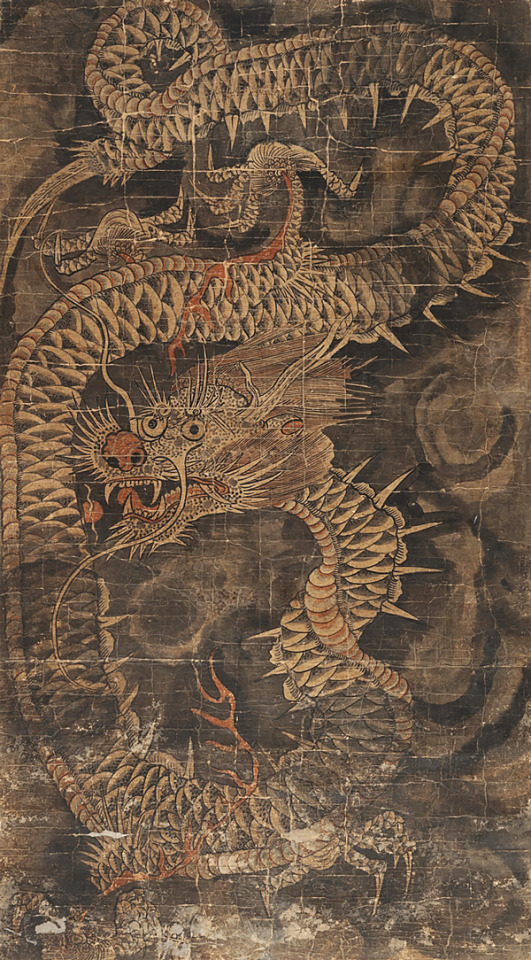
Happy Year of the Dragon
l 운룡도 Dragon in Clouds l Joseon l 19th Century l National Folk Museum of Korea
#year of the dragon#happy new year#2024#paintings#art#national folk museum#korea#new year's day#korean#19th century#joseon dynasty#south korea#seoul#lunar new year#dragon#blue dragon
669 notes
·
View notes
Text
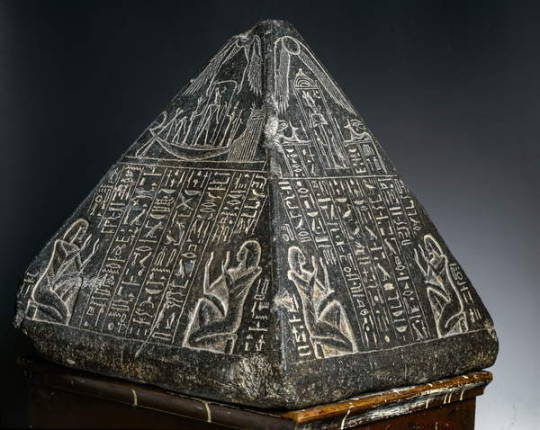
Pyramidion of Amenhotep (Huy)
New Kingdom, 19th Dynasty, reign of Ramesses II, ca. 1279-1213 BC.
From Saqqara necropolis.
Now in the Egyptian Museum, Cairo. TR 7-114-24-1
True pyramids (at least the larger ones), as opposed to step pyramids in Egypt were topped by a special stone called a pyramidion, or sometimes a capstone, which was itself a miniature pyramid. It brought the pyramid structure to a point at the same angle and the same proportions as the main body.
The ancient Egyptian word for the pyramidion, which could also sit atop the apex of an obelisk, was ben-benet, named for the sacred Benben stone kept in the temple of Heliopolis, the oldest center of the sun cult in Egypt. During the Old Kingdom, they were usually made of diorite, granite or a very fine limestone which was then covered in gold or electrum.
Read more
484 notes
·
View notes
Text

~ Bundle of Hair Extensions.
Date: ca. 2114-1502 B.C.
Period: Old Kingdom-early New Kingdom; 16th-18th Dynasty
Medium: Human hair, linen
▪︎ From the source: These hair extensions would have been placed in a tomb for use in the afterlife. In this world, Egyptians used extensions to make their wigs or natural hair thicker and more attractive, just as people do today. The reliefs in this case show hairdressers adding extensions like these to the hair or wig of Queen Neferu.
#ancient#ancient art#history#museum#archeology#ancient egypt#ancient history#archaeology#egyptian#egyptology#egypt#bundle of hair extensions#extensions#fake hair#queen tiye#old kingdom#new kingdom#16th Dynasty#18th dynasty#human hair#ca. 2114 b.c.#ca. 1502 b.c.
2K notes
·
View notes
Text
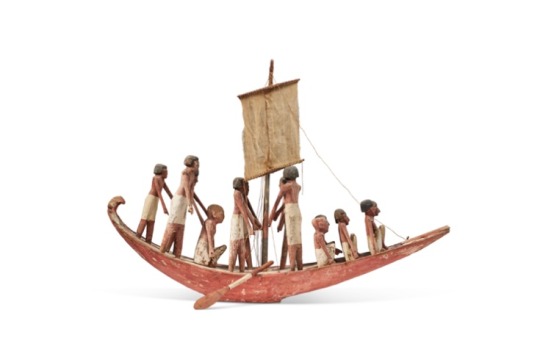

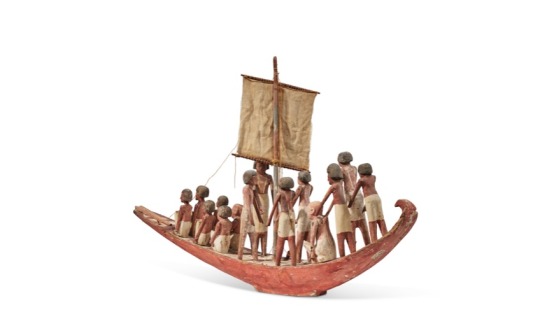
AN EGYPTIAN GESSO-PAINTED WOOD FUNERARY MODEL OF A BOAT
MIDDLE KINGDOM, 11TH-12TH DYNASTY, 2087-1759 B.C.
#AN EGYPTIAN GESSO-PAINTED WOOD FUNERARY MODEL OF A BOAT#MIDDLE KINGDOM#11TH-12TH DYNASTY#2087-1759 B.C.#ancient artifacts#archeology#archeolgst#history#history news#ancient history#ancient culture#ancient civilizations#ancient egypt#egyptian history#egyptian mythology#egyptian art
408 notes
·
View notes
Text

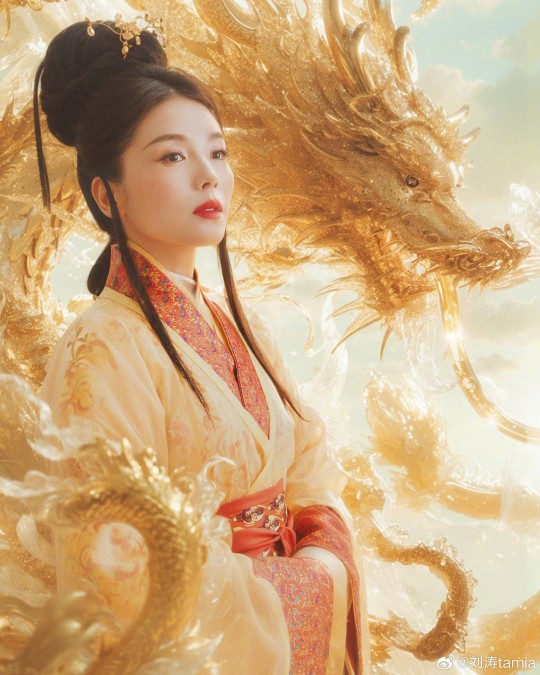



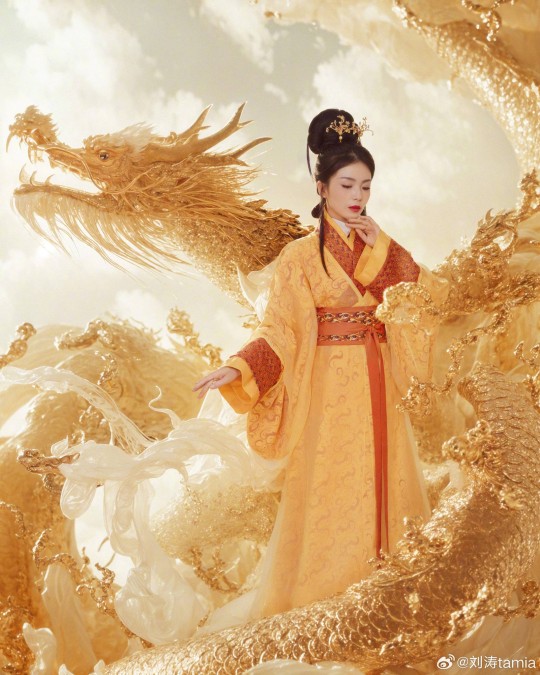



LIU TAO 刘涛 in Han Dynasty hanfu | Chinese New Year 2024
Liu Tao: more photos here
Chinese New Year 2024: more photos here
hanfu photoshoot: more photos here
#liu tao#tamia liu#刘涛#chinese actress#chinese fashion#fashion#chinese new year#2024 Chinese New Year#2024 CNY#year of the dragon#hanfu fashion#hanfu girl#chinese hanfu#hanfu#hanfu photoshoot#cnladies#yellow hanfu#han dynasty hanfu
287 notes
·
View notes
Text
i love it when shows write out a character (not dead, just... away somewhere else) and then promptly forget they ever existed it's so fun
#yes this is about supernatural sending adam to hell and then never speaking of it again#but also i am currently watching dynasty (the new one) while i work and#WHERE IS STEVEN CARRINGTON#hey guys remember that other child you had#guy checks in to a mental health facility in france and absolutely nobody is at all worried how he's doing? no?#it's been like 2 years does someone wanna check on him at all or...#he could be dead!#worse still he could be french!
272 notes
·
View notes
Text

Fooduary Day 10: Dragon's Beard Candy
Happy Lunar New Year!!! This one probably doesn’t seem very obvious but a white-candy version would be terribly unlucky!! (And I need all the luck I can get). So I tried to make the lantern slightly reminiscent of the treat while the character is styled in Han Dynasty fashion. According to the legend-history of dragon’s beard candy it was invented in the Han Dynasty (202 BCE 220 CE) which makes it our oldest dessert yet! And yeah, I went off script for this one. Day 10 was supposed to be Cinnamon rolls but I’m moving some stuff around because I so rarely get the chance to post something to celebrate.
I am the artist! Do not post without permission & credit! Thank you! Come visit me over on: instagram, tiktok or check out my coloring book available now \ („• ֊ •„) /
https://linktr.ee/ellen.artistic
#dragon's beard candy#han dynasty clothing#fooduary#art challenge#historical fashion#ellenart#lnart#character design#digital illustration#historically inspired#fooduary2024#dragons beard#hanfu#happy CNY#happy lunar new year#year of the dragon#chinese new year
356 notes
·
View notes
Text

紅楼夢表紙 by ema20 (@emanon200)
#workshopping a new way to put art in my blog that isn't those twitter embeds; accepting suggestions#maybe it would be nice to put something else other than the artist links in there to like dates or smth#to give it some context#touhou#kirisame marisa#hakurei reimu#art#twitter:emanon200#pixiv:506301#and yeah that's the doujinshi go look up Kubiwa Kanojo on dynasty scans
177 notes
·
View notes
Text

A dragon chases a flaming pearl. Wheel-thrown porcelain bowl from Jingdezhen, Jiangxi Province, China, manufactured between 1662 and 1722 (Qing Dynasty). Now in the Los Angeles County Museum of Art. Photo credit: LACMA.
#Lunar New Year#Year of the Dragon#Chinese Zodiac#Chinese Dragon#art#art history#Asian art#China#Chinese art#Imperial China#Qing Dynasty#ceramics#porcelain#Los Angeles County Museum of Art#LACMA#lacmamuseum
182 notes
·
View notes
Text
[Traditional Chinese Festival] Customs of 臘八節(Laba Festival) in China.Eng Sub
Today(January 18, 2024) is the traditional Chinese festival,臘八節 Laba Festival.Let’s learn about some interesting traditions and customs about this festival.
【About 臘八節(Laba Festival)】
Laba Festival (Chinese:臘八節) is a traditional Chinese holiday celebrated on the eighth day of the month of La (or Layue 臘月), the twelfth month of the Chinese calendar. It is the beginning of the Chinese New Year period. It is customary on this day to eat Laba congee.
Laba Festival was not on a fixed day until the Southern and Northern dynasties, when it was influenced by Buddhism and was fixed on the eighth day of twelfth month, which was also the enlightenment day of the Buddha. Therefore, many customs of the Laba Festival are related to Buddhism.
The Laba Festival's name represents its date on the Chinese calendar. La is the name of the twelfth and final month, and ba means "eight/八". In ancient China, the "eight/八" referred to making sacrifices to eight gods at the end of the year.
In its original form, the festival was celebrated by making sacrifices to gods and ancestors to wish for good fortune, health, safety, and a good harvest in the new year. The word la originally referred to these sacrifices.
After Buddhism spread to China during the first century CE, the festival was used as commemoration of Gautama Buddha's enlightenment.It was given a fixed date (the eighth day of the twelfth month) during the Northern and Southern dynasties.
【Customs of 臘八節/Laba Festival?】
Laba congee/臘八粥

Traditionally, the consumption of Laba congee is an important element of the festival. There are multiple legendary accounts of the dish's origins. One story says that it originated in the Song dynasty with Buddhist monasteries giving congee to people in honor of the story that Sakyamuni (Gautama Buddha) reached enlightenment on the eighth day of the twelfth month after eating congee.
Laba congee or Laba porridge (臘八粥; Làbāzhōu) is very popular in many places in China. Different kinds of rice, beans, nuts and dried fruits are the main ingredients. People believe that it's good for health in the winter.
It is also known as "eight-treasure congee" (八宝粥; Bā bǎo zhōu)and is usually made with eight or more ingredients, representing good luck. Eight is a lucky number in China, and the ba in Laba also means eight.
There are many variations of Laba congee in different regions of China. Ingredients can include mixed grains, such as rice, millet, and barley; beans and nuts such as mung beans, azuki beans, lotus seeds, peanuts, walnuts, and chestnuts; dried fruit such as red dates, longan, raisins, and goji berries; and other ingredients such as vegetables and meat.
2.Laba garlic/臘八蒜
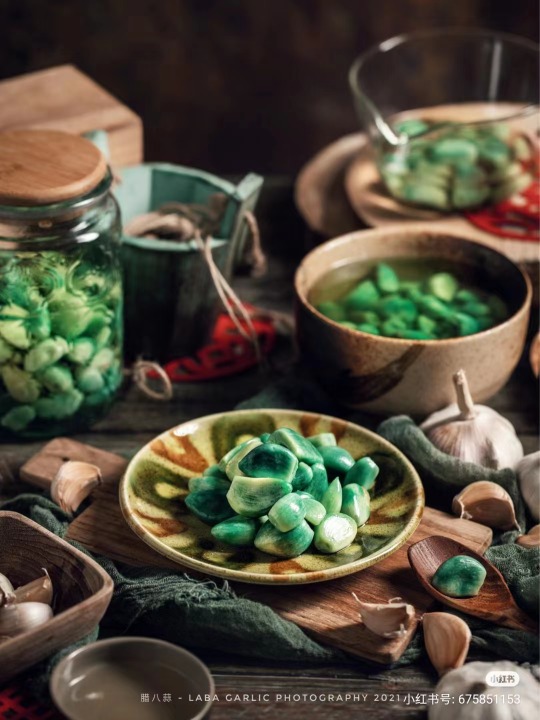
Another Laba food is Laba garlic, which is particularly popular in northern China.Garlic in Chinese (蒜; suàn) has the same pronunciation as calculate (算; suàn), and it is said that on the Laba Festival businesses should balance their books and calculate their revenues and expenditures for the year.Laba garlic is made by soaking garlic in vinegar. Laba garlic is soaked in vinegar from the Laba Festival until Chinese New Year. The garlic and vinegar are then used alongside Chinese dumplings (jiaozi) around Chinese New Year.
————————
🧚🏻Model/Makeup:@曾嚼子&@兔狲猫眠眠
📸 Photo:@逸群闲余
🔗 Xiaohongshu:http://xhslink.com/zlF8Hz
————————
#chinese hanfu#hanfu#Traditional Chinese Festival#臘八節 Laba Festival#chinese culture#chinese customs#chinese history#hanfu accessories#chinese food#china#chinese new year#song dynasty
197 notes
·
View notes
Text
Replacing Hangman and Kenny with Jack Perry and Kazuchika Okada is sick fucking work
#new elite got me bricked up ngl#hangman adam page#kenny omega#jack perry#kazuchika okada#aew dynasty#aew lb
66 notes
·
View notes
Text
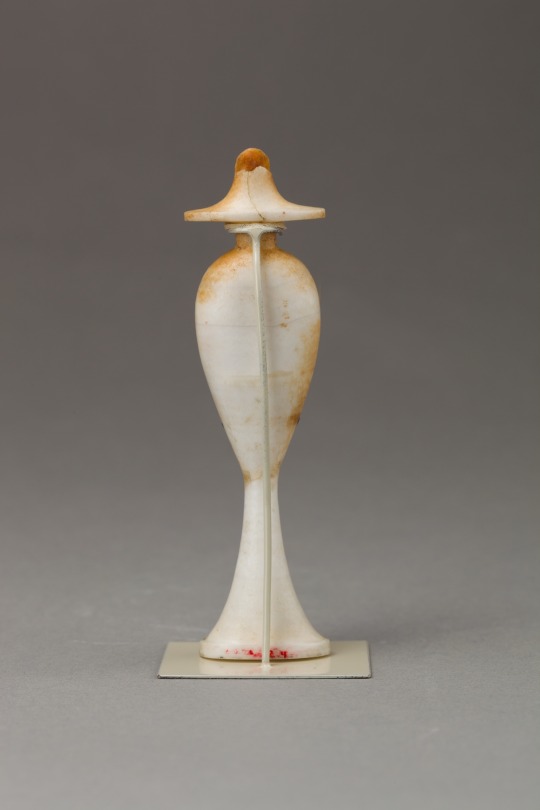


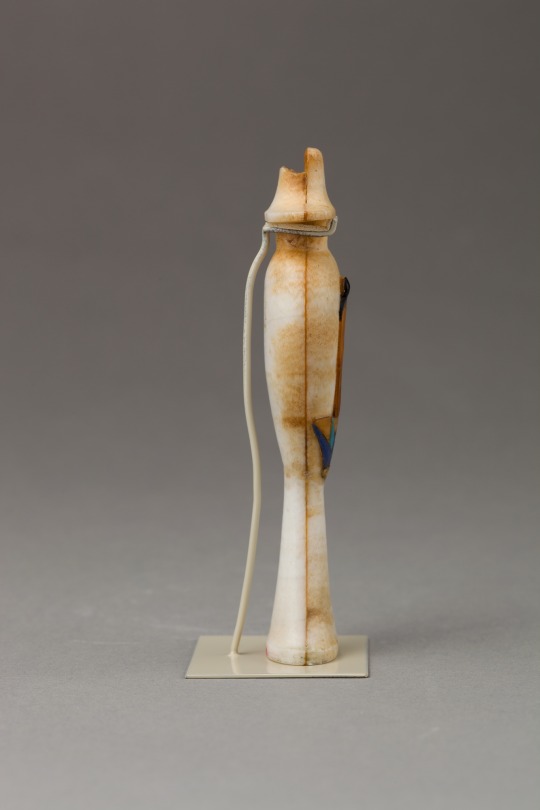
~ Perfume bottle in the shape of a hes-vase inlaid with the figure of a princess.
Period: New Kingdom, Amarna Period; 18th Dynasty; Reign of Akhenaten
Date: ca. 1353–1336 B.C.
Place of origin: Egypt; Possibly from Upper Egypt, Thebes
Medium: Travertine (Egyptian alabaster), carnelian, obsidian,gold, and colored glass inlay.
#ancient#ancient art#history#museum#archeology#ancient egypt#ancient history#archaeology#egyptology#egyptian#egypt#perfume bottle#hes-vase#princess#amarna period#18th dynasty#new kingdom#Akhenaten#thebes#ca. 1353 b.c.#ca. 1336 b.c.
763 notes
·
View notes
Text
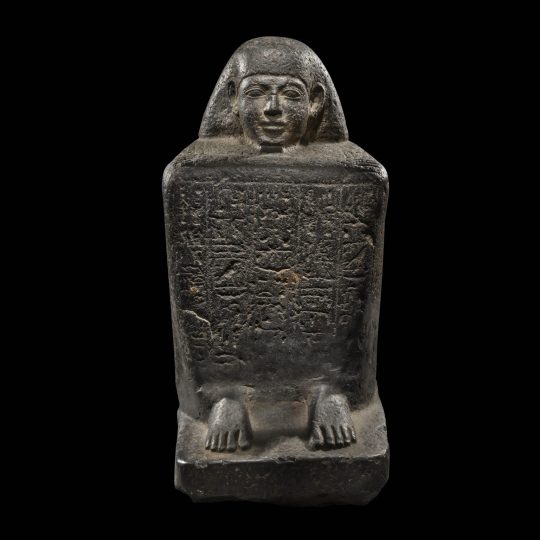

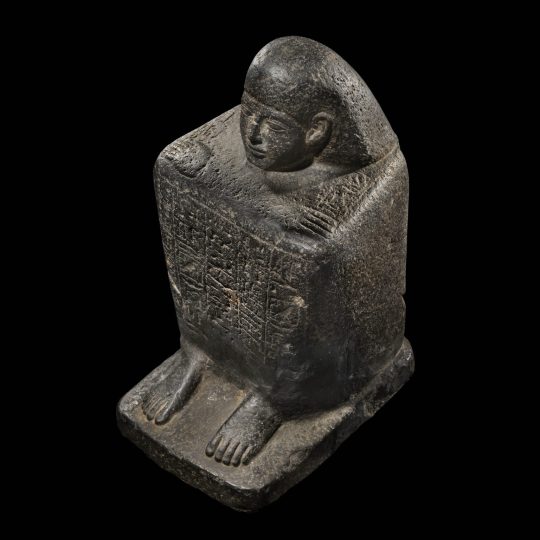
Egyptian Basalt Block Statue
Egyptian · Late Period, Dynasty 26, ca. 664-525 B.C.
#Egyptian Basalt Block Statue#Late Period#Dynasty 26#ca. 664-525 B.C.#statue#ancient artifacts#archeology#archeolgst#history#history news#ancient history#ancient culture#ancient civilizations#ancient egypt#egyptian history#egyptian art
231 notes
·
View notes
Text
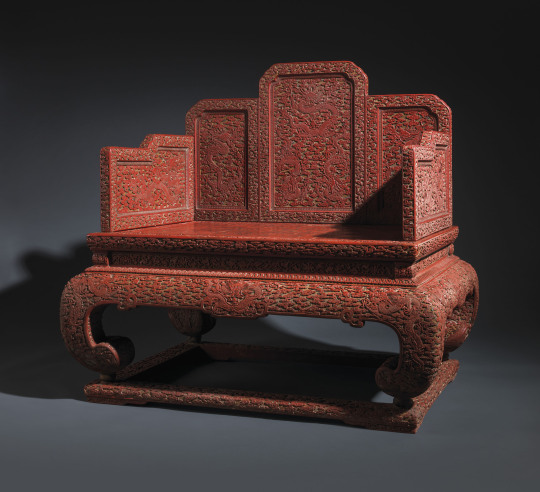




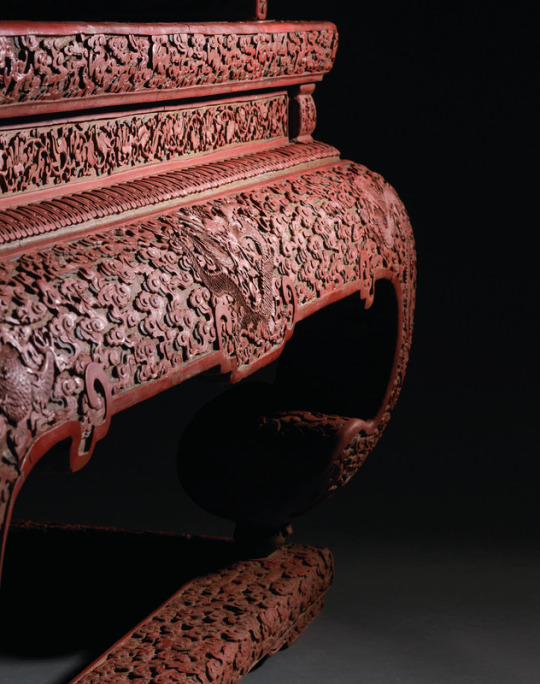

Imperial three-colour carved ‘Nine Dragon’ lacquer throne,
Qianlong period (1736-1795).
The throne is finely carved through the red lacquer to the ochre and dark green lacquer and has a stepped back separated into three vertical panels each containing dragons chasing flaming pearls amidst dense clouds.
The two side railings are similarly carved in high-relief with dragons striding amidst bats in flight and dense scrolling clouds above a rectangular seat decorated with archaistic lotus scroll and a narrow waist with a shaped apron centred with a front-facing dragon.
The back panel is carved with a bat suspending a chime and a double-fish. The whole is raised on thick rounded legs joined by rectangular base stretchers.
43¼ x 45½ x 33¾ in (111.1 x 115.5 x 85.7 cm)
Courtesy: Christie's
#art#history#design#style#sculpture#antiquity#christie's#throne#china#laquered#millwork#dragon#happy year of the dragon!#happy lunar year 2024#happy lunar new year#imperial#qianlong dynasty
86 notes
·
View notes
Text





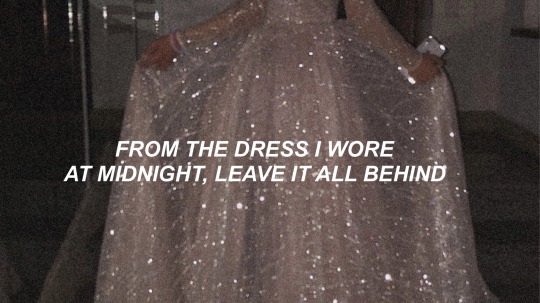
taylor swift + midnight references throughout the years (inspo)
#taylor swift#midnights#midnight#red (taylor’s version)#22 (taylor’s version)#1989#style#you are in love#reputation#new year’s day#folklore#the last great american dynasty#evermore#happiness#tswiftcreators#tswiftcreator#tswiftcreatorsnet#tswiftedits#tswiftedit#tswiftquote#tswiftgraphic#tswiftart#tswiftlyrics#tswiftlyric#taswiftnet#aesthetic#taylor nation#taylornation
1K notes
·
View notes